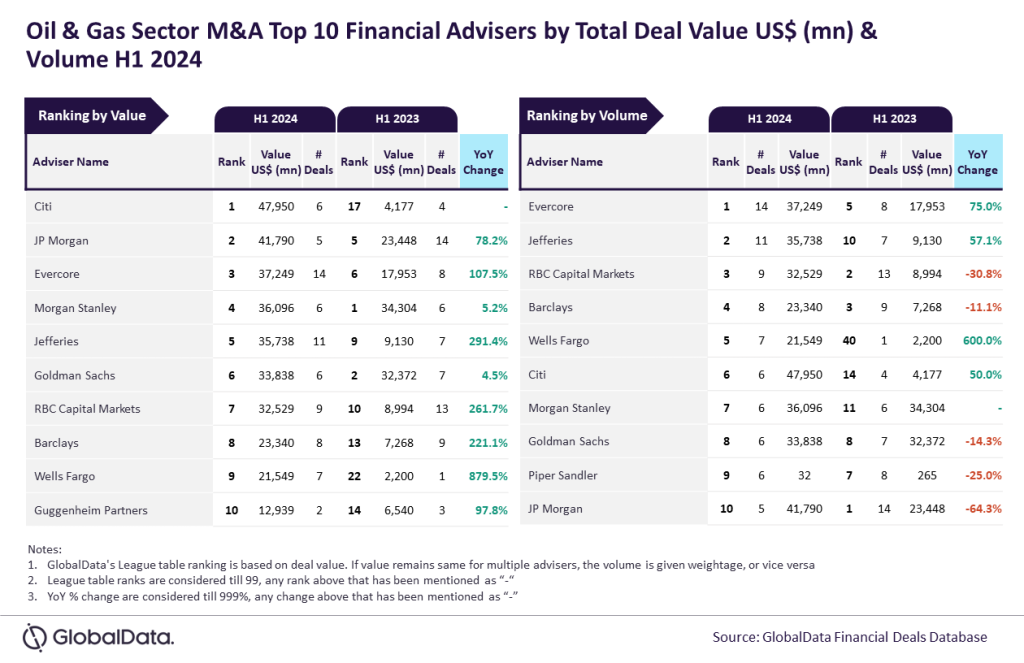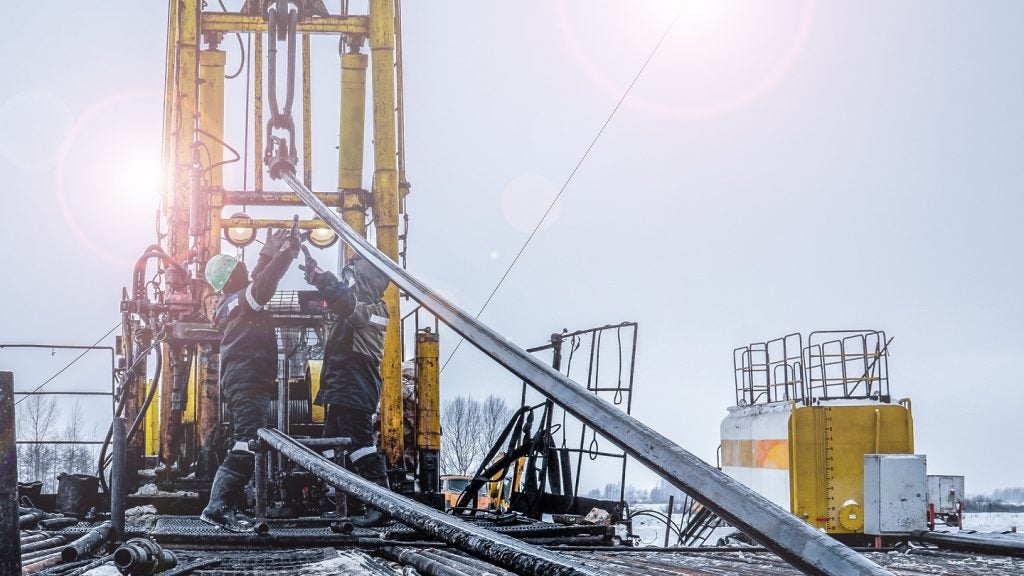Shell will operate the upcoming Tabangao Floating LNG regasification terminal, proposed to be built in Calabarzon in Philippines. According to GlobalData, who tracks more than 1,100 active and developing LNG terminals worldwide, the terminal is expected to start operations in 2025 and will be owned by Shell. Buy the profile here.
The Tabangao Floating LNG regasification terminal has a proposed regasification capacity of 146.1bcf/annum (billion cubic feet) and storage capacity of 0.08 million tons (Mt).
Contractors involved in the regasification plant
Some of the key contractors for the Tabangao Floating LNG regasification terminal include -Design/FEED: Shell.
About Shell
Shell plc (Shell), formerly Royal Dutch Shell Plc, is an integrated oil and gas company. The company explores for and produces oil and gas from conventional fields and sources such as tight rock, shale and coal formations. It operates refining and petrochemical complexes across the world. Shell’s product offerings include lubricants, bitumen and liquefied petroleum gas; and petrochemical products such as raw materials for plastics, coatings and detergents. The company is a major producer of biofuel in Brazil. The company also has interests in various liquefied natural gas (LNG) and gas to liquids (GTL) projects. The company markets its products directly and indirectly through distributors in Europe, Asia, Oceania, Africa, North America, and South America. Shell is headquartered in London, England, the UK.
For more details on the Tabangao Floating LNG Regasification Terminal, buy the profile here.
Data Insights
From

The gold standard of business intelligence.
Blending expert knowledge with cutting-edge technology, GlobalData’s unrivalled proprietary data will enable you to decode what’s happening in your market. You can make better informed decisions and gain a future-proof advantage over your competitors.






